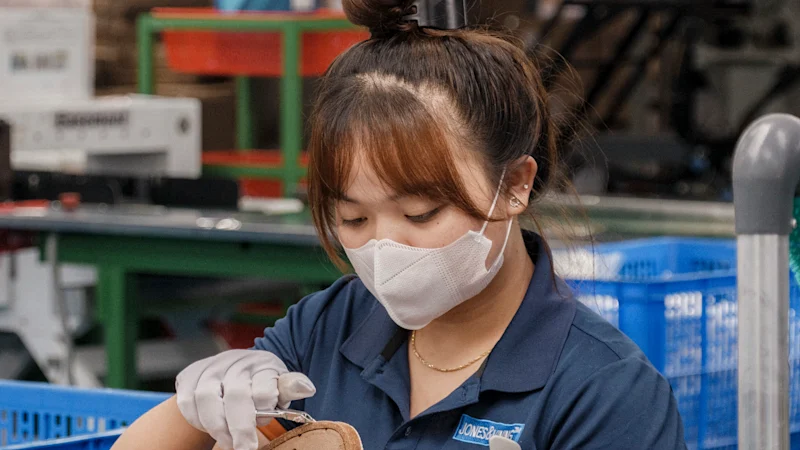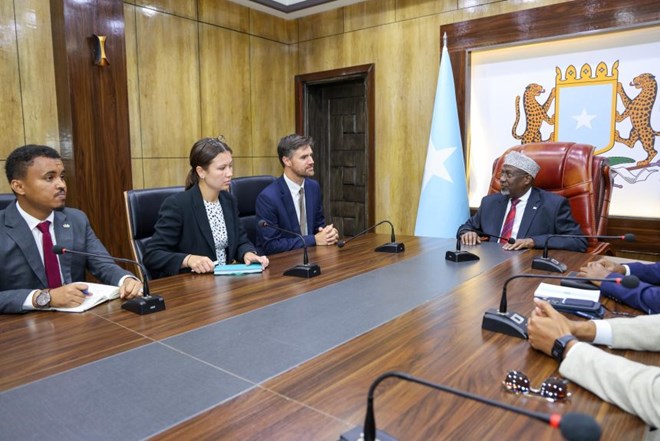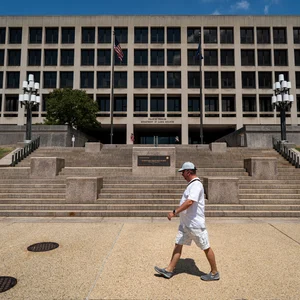By Alexandra Stevenson,Tung Ngo
Copyright brisbanetimes

China is the world’s factory for cars, toys and computers. But not sneakers. China is losing that title to Vietnam’s Ho Chi Minh City.
Factories that ring the fast-paced city churn out foam soles, squishy insoles, cotton laces and mesh fabric. The parts are ferried by trucks to warehouses to be assembled into shoes. Then, at nearby ports, shipping containers are stuffed with boxes for Nike, Adidas, Saucony and Brooks Sports and sent down the Dong Nai River to the sea.
For the business world, quitting China – with its hold on raw materials and its factory prowess that has powered profits and kept consumers happy – is hard to do. The sneaker industry is showing how it can be done. Big brands still have huge factories in China that now mostly make shoes that are sold in China. But Vietnam has overtaken China as the No. 1 source of sneakers sold to the world by Nike, Adidas, Brooks and others.
The emerging centrality of Vietnam to the business of making sneakers hit home on April 3. After President Donald Trump threatened Vietnam with a 46 per cent tariff on Vietnamese exports to the United States, stock prices of Nike and Adidas came crashing down. Later, in July, the two countries -announced an initial trade pact that lowered the new tariffs to 20 per cent.
The uncertainty that Trump’s tariffs have caused over costs is forcing a reckoning in the industry. Nike says global tariffs will lead to about $US1 billion ($1.5 billion) in extra costs for the shoemaker this year. To blunt the impact, it is scaling down production further in China, where tariffs are now higher than they are in Vietnam. But some companies, worried about being too dependent on any one country, are also debating whether to move work out of Vietnam.
The move to Asia



